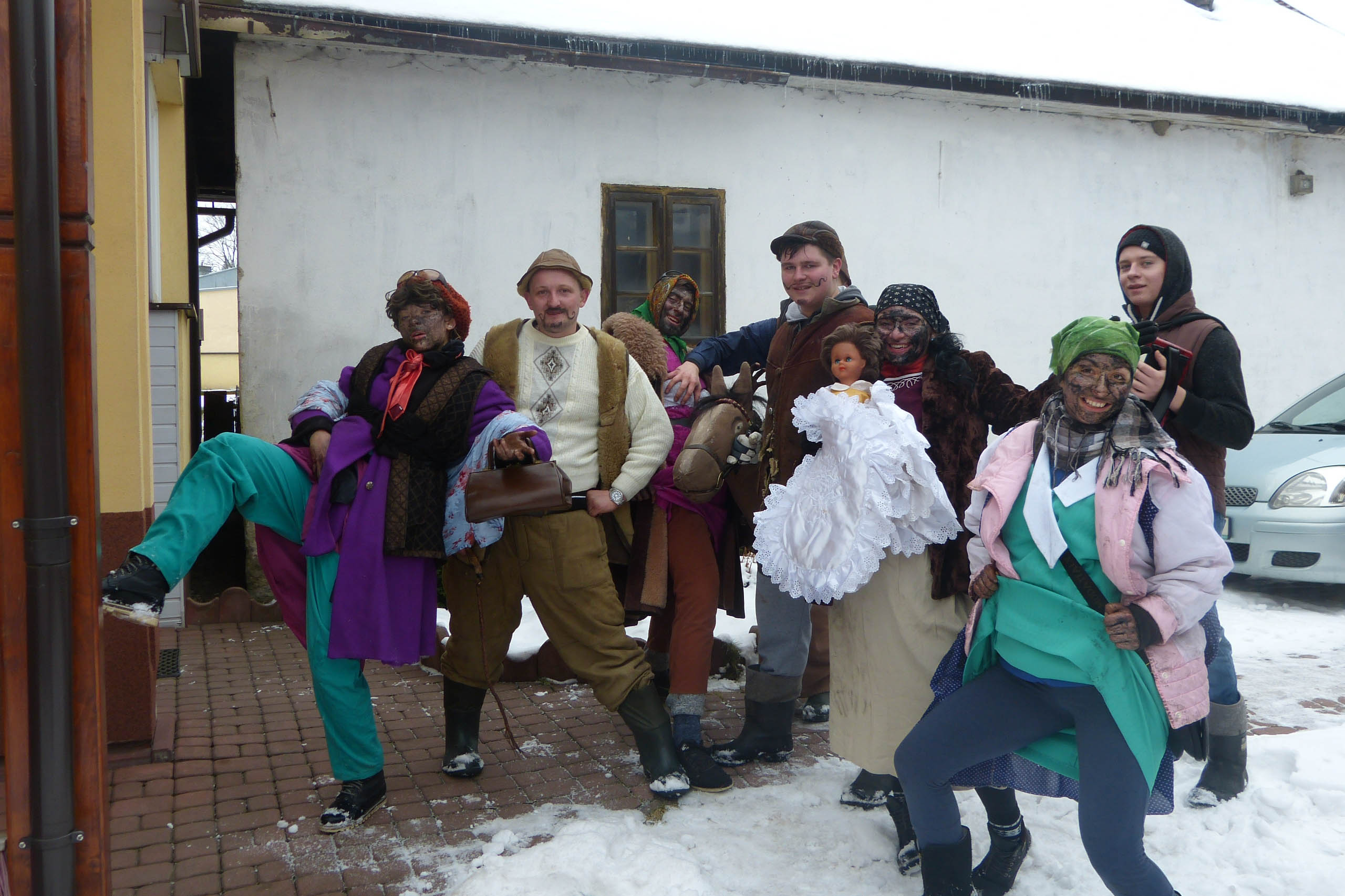W Łapszach Niżnych, tak jak w innych miejscowościach na Spiszu, w Zielone Świątki kultywuje się tradycję ogrywania moji.
Autorka: Aleksandra Stanek
 Żywe tradycje
Żywe tradycje

"Walking the horse" in Spisz
"Walking the horse" in Spisz
The final three days of carnival in the Spisz region are referred to as ostatki. In the olden days, entire families and neighbours would visit one another, bringing doughnuts (local name: pankuski), yeast cakes, and vodka. Music at the inn would be played from Sunday until Tuesday.
The Niedzica tradition of “walking the horse” on the Monday immediately preceding Ash Wednesday has been preserved until modern times. Everything begins with young men using assorted materials to make a horse effigy. On the Monday, they dress up as Gypsy women, covering their faces with a layer of soot mixed with fat. Accompanied by a horse, horseman and musician, groups of young people visit Niedzica locals. Mock Gypsies are into pranks, grabbing assorted belongings that owners can only get back for money. Every person encountering ”horse walkers” is given a token soot brush across the face.
According to tradition, the “horse” performing a barn (yard) dance was an important moment, guaranteeing plentiful harvest. As the horse danced, the Gypsies would praise its values to the skies and bargaining with the host, who would ultimately agree to buy the horse, and pay money to the herdsmen. Should he delay payment or play for time, Gypsies would grab things from the yard. Getting belongings back was no mean feat – they had to be bought, often as not for a price well exceeding their actual value. Once the young men had visited everyone in the village, they would organise a dance for the locals.
Today, the custom has undergone major change, girls dressing as Gypsies and joining the boys. Not everyone remembers the horse’s yard dance – yet the day still brims over with joyful Gypsy pranks. Many people can be seen with faces or clothes touched with soot. While the “horse walkers” no longer organise a dance for the locals, the collection is frequently donated to charity, or to support the Niedzica community. The tradition was observed this year as well – the young went on a walkabout around Niedzica, visiting local residents.
Elżbieta Łukuś
Ogrywanie moji
Chodzynie z koniym
Film Dawida Milaniaka i Michała Schlegela zrealizowano w ramach projektu "Odkrywanie skarbów dziedzictwa południowej Małopolski".
"Walking the Star of Bethlehem" int the Spisz region
The Spisz region follows the carolling tradition of “walking the Star of Bethlehem”. Young people of Spisz – attendants of Drama Club classes held from November 2017 until early January 2018 – prepared a performance under the same title, directed by Elżbieta Łukuś and premiering on January 6th – the Twelfth Night.
Drama Club classes were organised as part of the “Discovering the Treasures of South Małopolska Heritage” project.
The Paschal Mystery of Spisz
The Paschal Mystery of Spisz is staged annually in the Spisz village of Łapsze Niżne. All photographs by Magdalena Nowobilska, “Highlander Treasures” project volunteer.

























